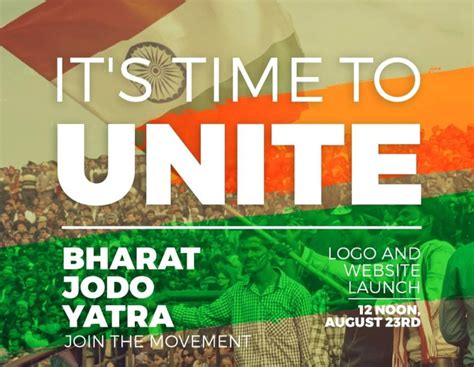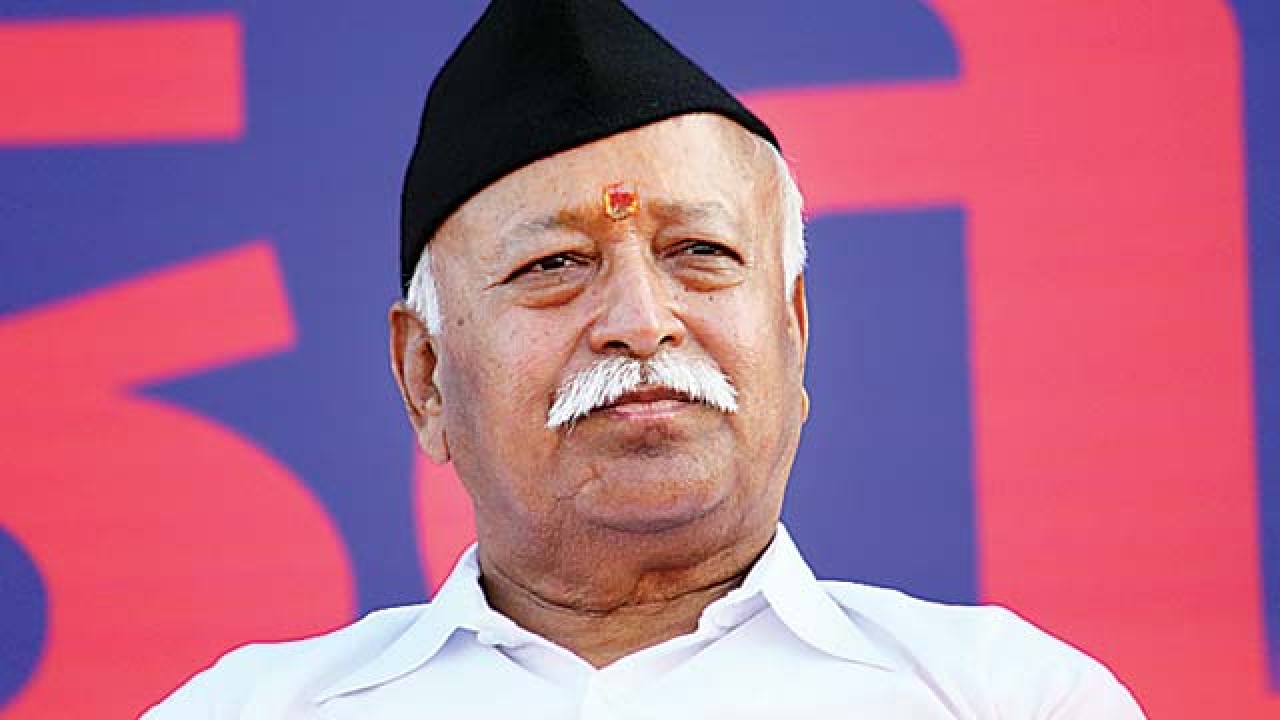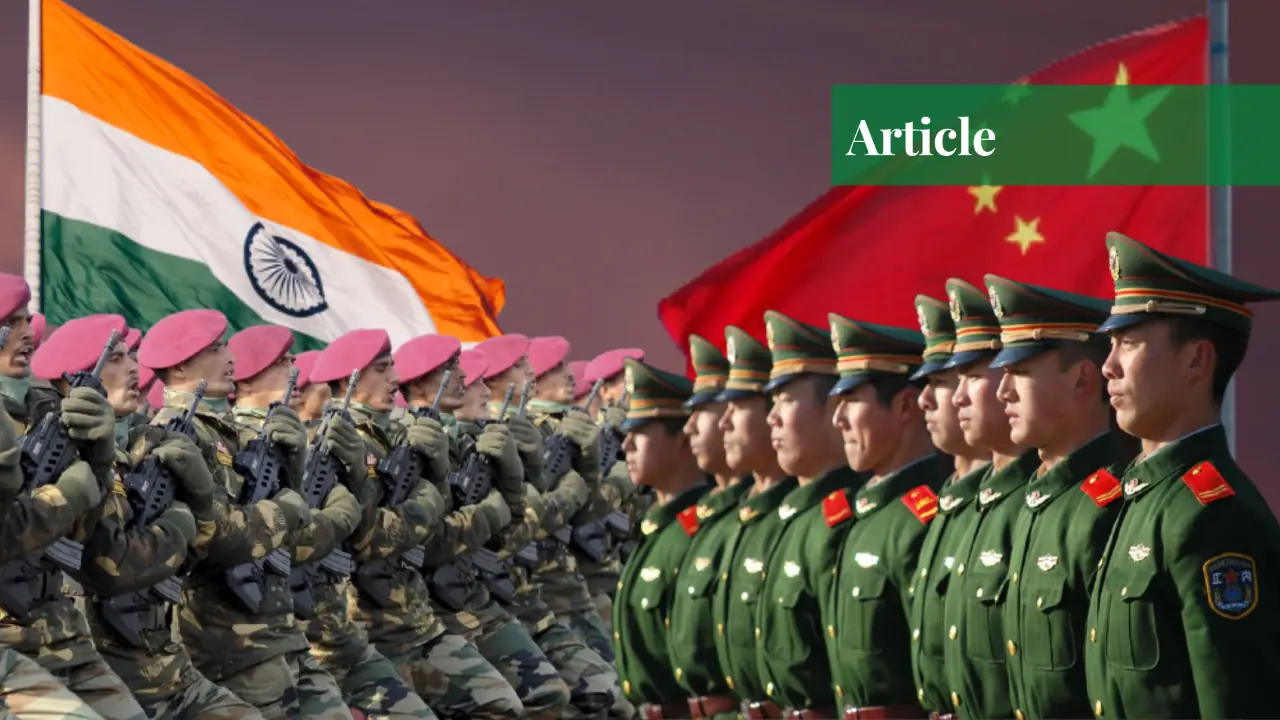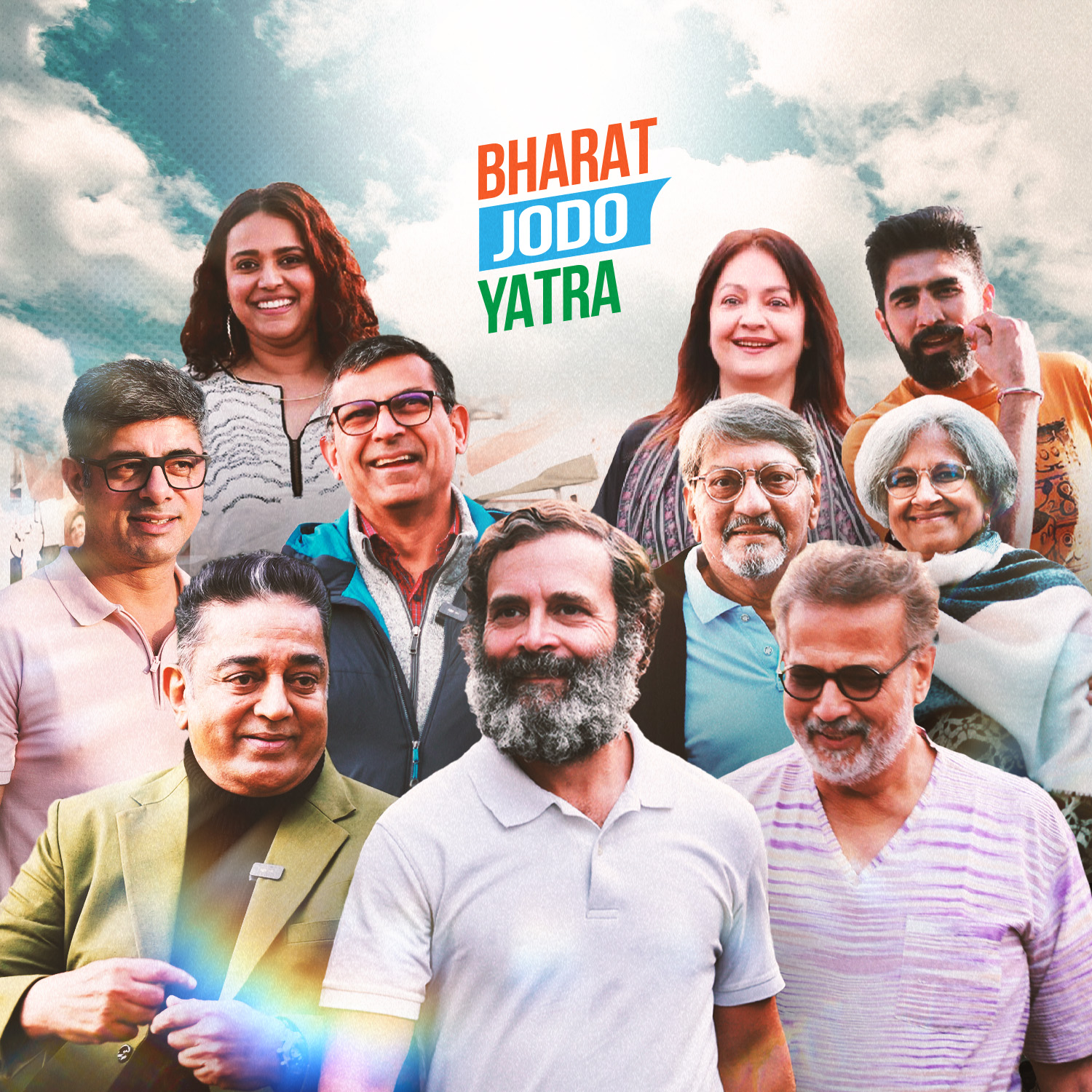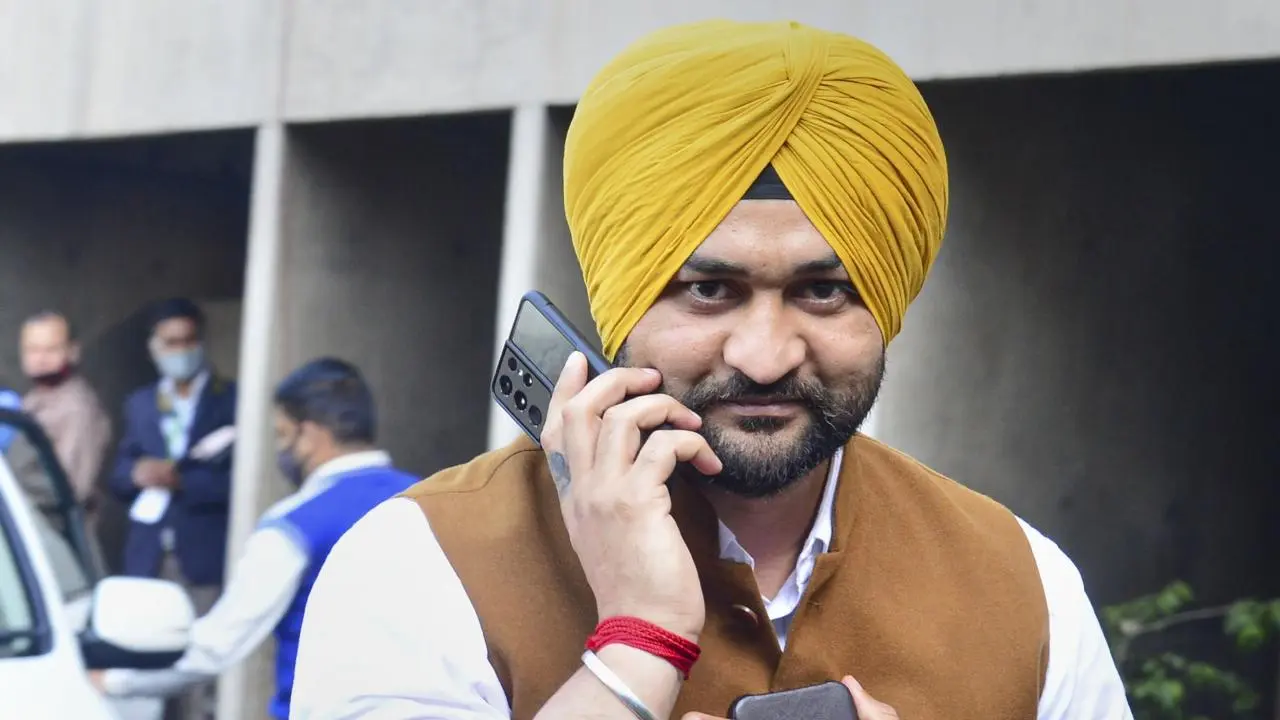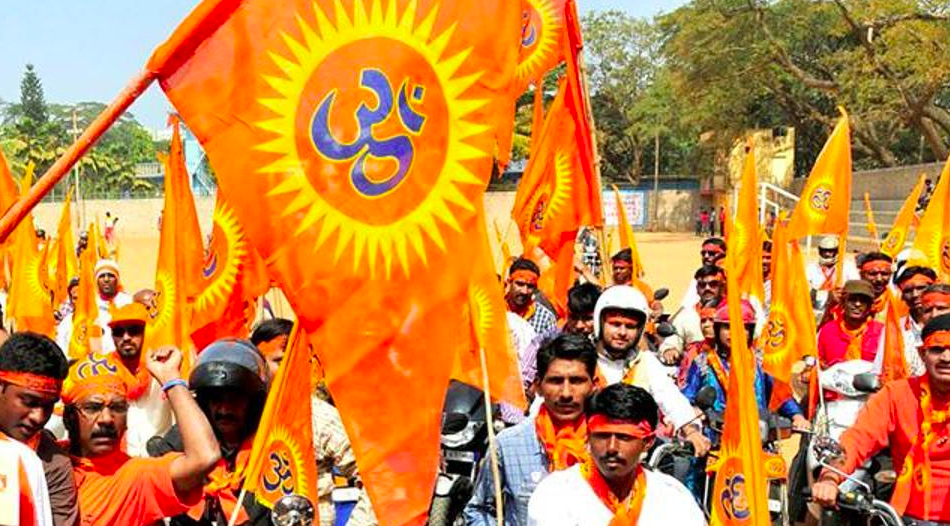A unique effort to rethink Indian politics via prolonged public action is the Bharat Jodo Yatra (BJY), which travels from Kanyakumari to Kashmir. The Congress Party has now firmly planted its feet. It launched a massive outreach effort modelled after Mahatma Gandhi’s 1930 Dandi March, a direct action campaign of tax resistance and peaceful protests that eventually sparked calls for civil disobedience to overthrow colonial rule. The BJY makes us think of some of those well-known advertisements.
The BJY is different from a typical padayatra. It takes place in a political environment marked by stark differences, escalating hatred, and expanding inequality. Dramatic changes in Indian politics over the past few years have elevated the Hindu Right’s majoritarian viewpoints to the fore. After winning a significant majority in 2019, the government moved quickly to implement its Hindu nationalist agenda. Its core supporters and others were pleased by laws like the Citizenship Amendment Act (CAA), the repeal of Article 370, and the Supreme Court’s decision in favour of the Hindu petitioners in the Ayodhya dispute. A significant change in public discourse has been made possible by the control of democratic institutions, including the courts, media, and educational institutions. Free speech and criticism, however, have been restricted and labelled as “anti-national.”
The BJY has brought up three significant challenges against this backdrop: economic disparity, social polarisation, and authoritarian governance. Every day, Rahul Gandhi has discussed these concerns with people while out and about, in news conferences, meetings with certain groups of people, speeches, and rallies.
In their efforts to protect brotherhood and unify a divided nation and economy, where unemployment and inflation are rampant and the government has been high on promises but poor on delivery, all these events and crises are related in one important way. This led to a thorough analysis of the regime’s record of administration as well as its economic, social, and political policies.
At the same time, it has improved the Congress’s reputation as a party that promotes social cohesion and national unity while defending the notions of pluralism, general welfare, and the rights of the people as important components of public debate that are deserving of defense. This drives a significant hole into the current hyper-nationalist discourse.
Rahul Gandhi has solidified his opposition to the Hindu Right throughout the course of the long march by being unwavering in his criticism of its polarising policies. In fact, the yatra’s primary accomplishment is its direct challenge to the Rashtriya Swayamsevak Sangh-Bhartiya Janata Party’s intellectual monopoly (RSS-BJP).
“Nafrat ke bazaar mein, mai mohabbat ki dukan kholne nikla hoon,” as Rahul Gandhi memorably remarked. This is a straightforward yet effective message to combat the aggressive language of hatred and exclusion. This message distinguishes it from earlier padayatras. It denotes an effort to reclaim a sense of communal identity in the face of plurality.
In India, padayatras—a combination of a pilgrimage and a fast—always have an influence on the general public’s thinking. The yatra appeals to people because it is proactive and uplifting. The proof of this is the sea of people moving beside the yatris. In every state it has visited, including the Hindi heartland, it has had an overwhelmingly positive reception from the populace.
Without a well-planned and carried-out organisation, the logistical task of travelling 3,500 kilometres across 12 states in around 150 days cannot be realized. While the BJY has the support of civil society, which is crucial for expanding its social reach, it is significant that Congress has mobilised the people that are swarming the yatra. This is due to the fact that this is the first party-based mass mobilisation against communal majoritarianism, in contrast to the farmers’ movement or the anti-CAA protests. In this regard, the BJY has been a successful political mobilisation and protest, and it has, at least in part, provided a national counterweight to the politics of the current dictatorship.
It was immediately apparent that this was a political yatra rather than an electoral yatra. It has made an effort to draught a new constitution for government activity that is separate from short-term electoral considerations. In times of extreme economic and social unrest, it is especially crucial to walk alongside others and carry them along. BJY also acts as a reminder of the benefits of selfless public action by joining the crowd on its stroll. Because the leader is interacting with his people outside of elections and speaking to them as citizens rather than voters, this has captured the public’s attention.
By placing an emphasis on a direct party-people connection that can mobilise the huge numbers of people who are not fully committed to Hindu nationalism and, in fact, feel vulnerable when confronted with the manufactured divisiveness perpetuated by its adherents, this redefines the conventional structure of politics.
Above all, the yatra has given the opposition political room in what the Congress refers to as the clash of philosophies. The opposition has benefited from being able to respond to the one subject that has dominated political debate ever since the BJP’s remarkable surge to power in 2014. And with good reason: the opposition parties, particularly the Congress, did not engage in any long-lasting demonstrations or local mobilisation against the activities of the administration.
The Yatra has demonstrated that the opposition is active, with the Congress taking the lead. Finally, the party is taking action that is producing results. Both Rahul Gandhi and the party members have been energised by this. In order to demonstrate the fluidity of party debates and the accessibility of the leader, Congress has been sharing footage of his conversations with groups of leaders from various societal sectors as well as with party members throughout the yatra.
Significantly, the yatra has restored Rahul Gandhi’s reputation as a serious, sympathetic, and approachable leader, despite the fact that mainstream media barely covered it and there were constant assaults and trolls. The public may observe Rahul Gandhi for who he truly is, not the parody and send-up that his detractors, the media, and social media have purposefully produced.
Will it spread widely enough to make a difference inside the voting booth, to finish? This is a crucial subject since political parties must succeed in elections in order to maintain their relevance, and ultimately, resistance politics in a democratic society cannot be indifferent to election results. A successful yatra, however, does not ensure political victory. There are and will continue to be numerous, dynamic elements that affect elections. Unfortunately, a narrative that prioritises and legitimises the formal parts of democracy has permeated our nation.
Thanks to corporate media, India’s democratic quotient has been reduced to election management. Given the never-ending election craze, where “battle preparation” has taken on new significance in public discourse, the only metric by which a political leader’s performance can be measured is his or her ability to win elections, regardless of the method by which elections are won or lost. While electoral success cannot be the only factor considered when determining whether a yatra was successful, this does not imply that the yatra did not have an impact. The enormous support for the BJY demonstrates that no ideology, even political Hinduism, can enjoy ideological hegemony for an extended period of time.
After a long time, the dominant party is now responding to Congress rather than creating the narrative. It has generally failed in all of its attempts to minimise and trivialise the yatra. It is not totally coincidental that certain right-wing leaders started raising issues like unemployment, poverty, and inequality in the early weeks of the yatra. These are the themes that have been brought up throughout this yatra.
A number of the supporters of Ayodhya have also shown support for it in the last stages of the yatra. Clearly, the BJY is a useful tool for expanding the opposition’s appeal to the general public. It may also change the tone of the country. It is an essential first step in developing change-oriented politics. However, converting discontent into results necessitates a local organization. The next job is to translate moral and ideological critique into viable politics; however, much will depend on developments inside the party.
